
Sarah Zielinski wanted to be a marine biologist when she was growing up, but after graduating from Cornell University with a B.A. in biology, and a stint at the National Science Foundation, she realized that she didn’t want to spend her life studying just one area of science — she wanted to learn about it all and share that knowledge with the public. In 2004, she received an M.A. in journalism from New York University’s Science, Health and Environmental Reporting Program and began a career in science journalism. She worked as a science writer and editor at the Journal of the National Cancer Institute, the American Geophysical Union’s newspaper Eos and Smithsonian magazine before becoming a freelancer. During that time, she started her blog, Wild Things, and moved it to Science News magazine, and then became an editor for and frequent contributor to Science News Explores. Her work has also appeared in Slate, Science, Scientific American, Discover and National Geographic News. She is the winner of the DCSWA 2010 Science News Brief Award and editor of the winner of the Gold Award for Children’s Science News in the 2015 AAAS Kavli Science Journalism Awards, “Where will lightning strike?” published in Science News Explores. In 2005, she was a Marine Biological Laboratory Science Journalism Fellow.

Trustworthy journalism comes at a price.
Scientists and journalists share a core belief in questioning, observing and verifying to reach the truth. Science News reports on crucial research and discovery across science disciplines. We need your financial support to make it happen – every contribution makes a difference.
All Stories by Sarah Zielinski
-
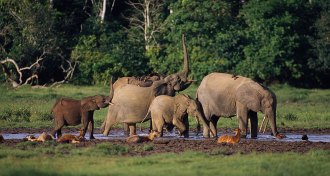 Animals
AnimalsIvory listings found on Craigslist as elephant poaching continues
Elephants are hunted by the thousands to meet demand for ivory products.
-
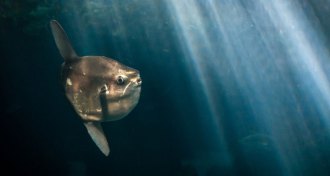 Animals
AnimalsLazy sunfish are actually active predators
Ocean sunfish were once thought to be drifting eaters of jellyfish. But they’re not, new research shows.
-
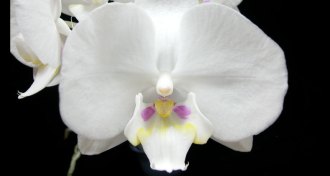 Plants
PlantsA protein battle underlies the beauty of orchids
The petal-and-lip shape that draws pollinators to orchids results from a competition between two protein complexes, a new study finds.
-
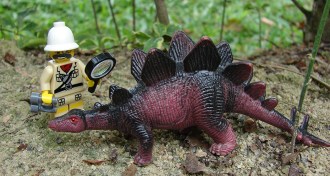 Paleontology
PaleontologyYour toy stegosaurus may be a girl
Male and female stegosaurs may have looked different, a new study finds.
-
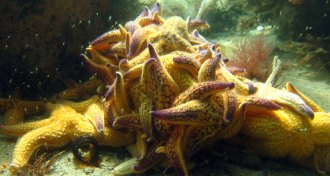 Animals
AnimalsGrowth of mining on land may promote invasions at sea
Ballast water taken in to keep ships stable could, when discharged elsewhere, release species that become invasive in their new homes.
-
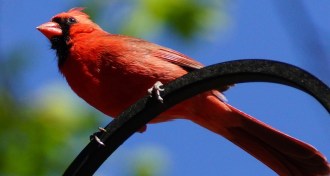 Ecosystems
EcosystemsBefore you plant this spring, consider the birds
A study of Chicago neighborhoods finds that the plants in private yards influence the variety of birds that live in the area.
-
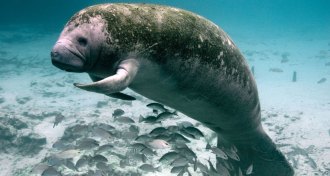 Animals
AnimalsHow many manatees live in Florida?
The most recent official count reports more than 6,000 manatees in Florida waters, but a new estimate may give a better picture of the population.
-
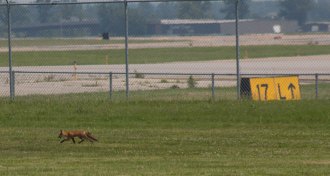
Flight delayed: There’s a coyote on the runway
A new study tallies up airport incidents involving carnivores and finds coyotes are the biggest threat.
-
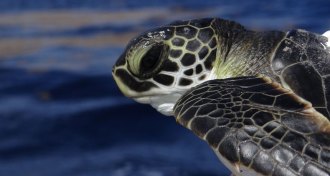 Animals
AnimalsTiny sea turtles are swimmers, not drifters
Young green and Kemp’s ridley sea turtles moved in different directions than instruments set adrift in the sea, which shows the animals were swimming.
-
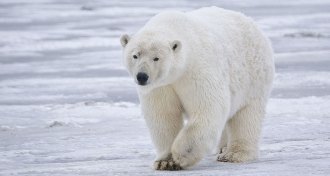 Animals
AnimalsEggs and other land foods won’t feed polar bears
Polar bears will not be able to survive on land by eating birds, eggs and vegetation, a new review concludes.
-
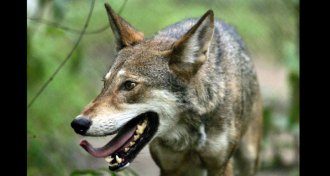 Animals
AnimalsHow human activities may be creating coywolves
Endangered red wolves will mate with coyotes when their partners are killed, which often happens because of human activities, a new study finds.
-
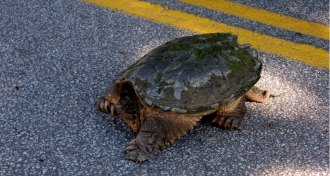 Animals
Animals‘If you build it they will come’ fails for turtle crossings
Turtles and snakes barely used an ecopassage built to make their movements safer. Scientists blame poor fencing that failed to keep them off the roadway.